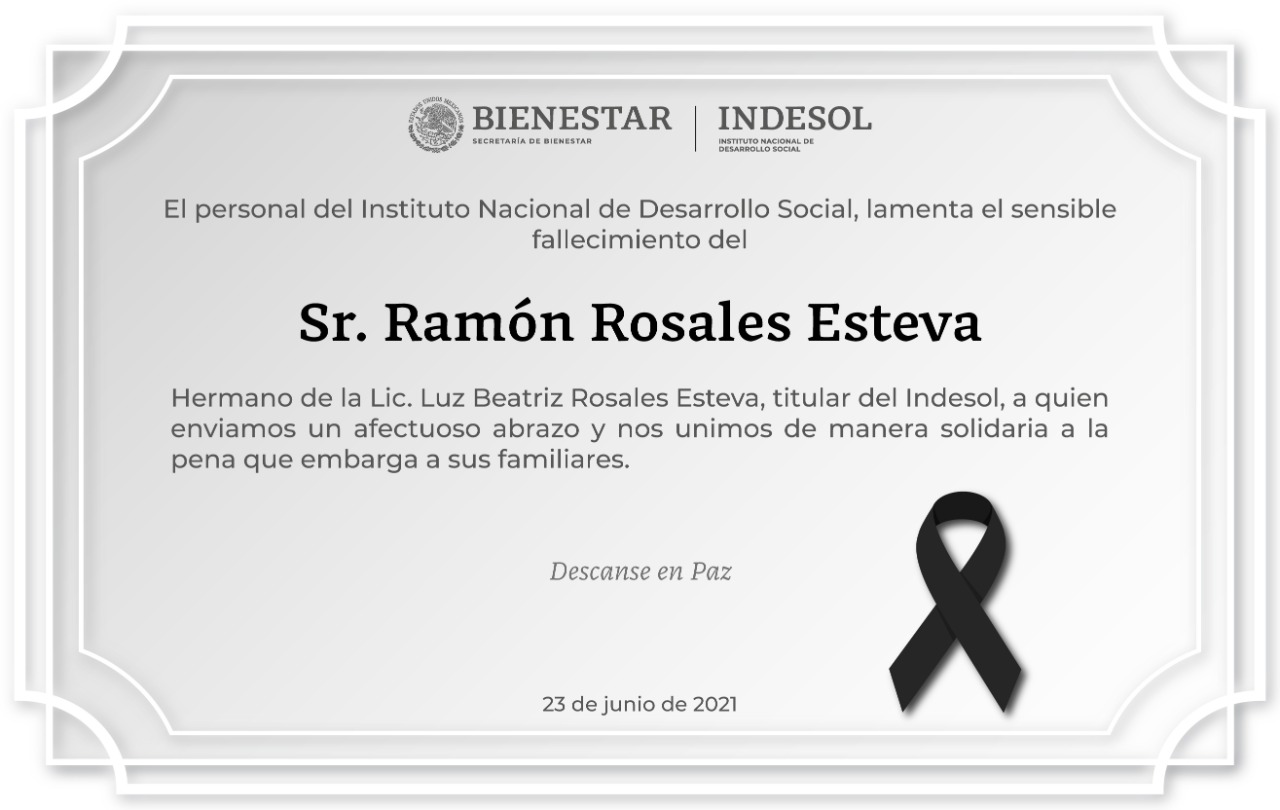Macron Vs. Merz: Lessons On Handling The Far Right

Table of Contents
Macron's Approach: Confrontation and Integration
Macron's strategy for handling the far right can be characterized by a two-pronged approach: direct confrontation and strategic integration.
Direct Confrontation of Far-Right Ideology:
Macron directly challenged the far-right's narratives on key issues. He didn't shy away from confronting their rhetoric on immigration, security, and national identity. His strategy involved:
- Directly refuting misinformation: Macron actively countered false claims and prejudiced narratives spread by far-right groups, emphasizing the dangers of extremism and its incompatibility with democratic values.
- Highlighting the dangers of extremism: He consistently stressed the threats posed by far-right ideologies to French society, emphasizing the importance of upholding democratic norms and rejecting hate speech.
- Examples: Macron's strong rhetoric against anti-immigrant sentiment, his active promotion of secularism (laïcité), and his firm stance against extremist groups are prime examples of this direct approach. He didn't seek to appease or negotiate with far-right ideologies, but actively countered them.
Strategic Integration of Moderate Voters:
Simultaneously, Macron focused on appealing to centrist voters who might be disillusioned with traditional parties or tempted by far-right promises. His approach involved:
- Addressing legitimate concerns: Macron acknowledged and addressed some of the underlying anxieties that fueled support for the far right, such as concerns about economic inequality and security.
- Presenting alternative solutions: However, he presented solutions that didn't compromise democratic values or pander to extremist views. He framed his policies within a pro-European and liberal framework.
- Examples: Measures to improve security while upholding civil liberties, economic policies aimed at fostering social mobility and reducing inequality, and initiatives to promote social cohesion are examples of this approach.
Limitations of Macron's Strategy:
Despite its successes, Macron's strategy wasn't without its limitations:
- Accusations of elitism: Critics accused Macron of being elitist and out of touch with the concerns of working-class voters, leaving them vulnerable to the far-right's populist appeals.
- Perceived lack of responsiveness: Some felt that his government wasn't responsive enough to certain social and economic anxieties, creating a sense of disconnect that the far right effectively exploited.
- Potential for further alienation: The confrontational approach, while necessary, could potentially further alienate some voters susceptible to far-right narratives, especially those seeking radical change.
Merz's Approach: Appealing to Disenfranchised Voters and Internal Party Dynamics
Merz's approach to handling the far right differed significantly from Macron's. He focused on appealing to disenfranchised voters within the center-right and managing internal party dynamics.
Attempting to Reclaim Center-Right Voters:
Merz aimed to recapture voters who felt abandoned by the traditional center-right, focusing on issues that resonated with conservative voters:
- Addressing immigration and security concerns: Merz addressed concerns about immigration and security, attempting to frame his party's position as a responsible and effective alternative to the far right.
- Presenting a more nationalistic and socially conservative image: He sought to present a more nationalistic and socially conservative image to attract voters disillusioned with the more liberal policies of the CDU/CSU in the past.
- Examples: Merz's emphasis on stricter border controls, his stance on cultural issues, and his focus on national interests illustrate this approach.
Challenges in Managing Internal Party Divisions:
A significant challenge for Merz was navigating the internal divisions within the CDU/CSU:
- Balancing competing factions: He faced tensions between different factions within the party, some more willing to engage with far-right sentiments than others.
- Maintaining electability: He had to balance the need to appeal to conservative voters without alienating moderate voters who might be repelled by a too-rightward shift.
- Examples: Debates within the CDU over immigration policy and its impact on electability highlight the internal struggle for the party’s direction.
Limitations of Merz's Strategy:
Merz's approach also had limitations:
- Accusations of appeasement: He faced accusations of being too accommodating to far-right sentiments, potentially legitimizing their narratives and issues.
- Difficulty in uniting the party: His efforts to unite the party and attract broader support faced significant obstacles due to the internal divisions and conflicting priorities.
- Risk of normalization: The strategy risked normalizing or even mainstreaming certain far-right positions, inadvertently providing a platform for their views.
Comparative Analysis and Key Takeaways
Comparing Macron and Merz's strategies reveals critical lessons for center-right leaders:
- Macron's direct confrontation effectively countered misinformation, but risked alienating some voters.
- Merz's attempt to reclaim disaffected voters highlighted the importance of internal party unity and addressing genuine concerns, but risked legitimizing far-right narratives.
Key takeaways for effectively handling the far right include:
- The importance of a clear and consistent message.
- The need to address legitimate concerns without resorting to divisive rhetoric.
- The significance of internal party unity and strategic communication.
- The challenge of balancing firm action against extremism with the need for inclusivity.
Conclusion
The contrasting approaches of Macron and Merz to the challenge of the far right provide valuable lessons for center-right leaders worldwide. Effectively handling the far right requires a nuanced strategy that combines a strong defense of democratic values with genuine efforts to understand and address the anxieties that fuel far-right populism. Leaders must carefully consider their approach, tailoring their strategies to their specific contexts while learning from both the successes and failures of others. Understanding these lessons is crucial for all those seeking to effectively counter the rise of the far right in the years ahead. Develop a comprehensive strategy for countering the far right, incorporating elements of both confrontation and integration, while prioritizing unity and clear communication within your own party.

Featured Posts
-
 Duelo En El Tenis Nadal Lamenta El Fallecimiento De Un Idolo
May 19, 2025
Duelo En El Tenis Nadal Lamenta El Fallecimiento De Un Idolo
May 19, 2025 -
 Mairon Santos Lightweight Move A Post Yusuff Fight Analysis
May 19, 2025
Mairon Santos Lightweight Move A Post Yusuff Fight Analysis
May 19, 2025 -
 Parg Armenias Eurovision Representative At In Concert 2025
May 19, 2025
Parg Armenias Eurovision Representative At In Concert 2025
May 19, 2025 -
 Erling Haaland Police Report Following Man City Mascot Injury
May 19, 2025
Erling Haaland Police Report Following Man City Mascot Injury
May 19, 2025 -
 Royal Mail Address Change The Complete Guide
May 19, 2025
Royal Mail Address Change The Complete Guide
May 19, 2025
